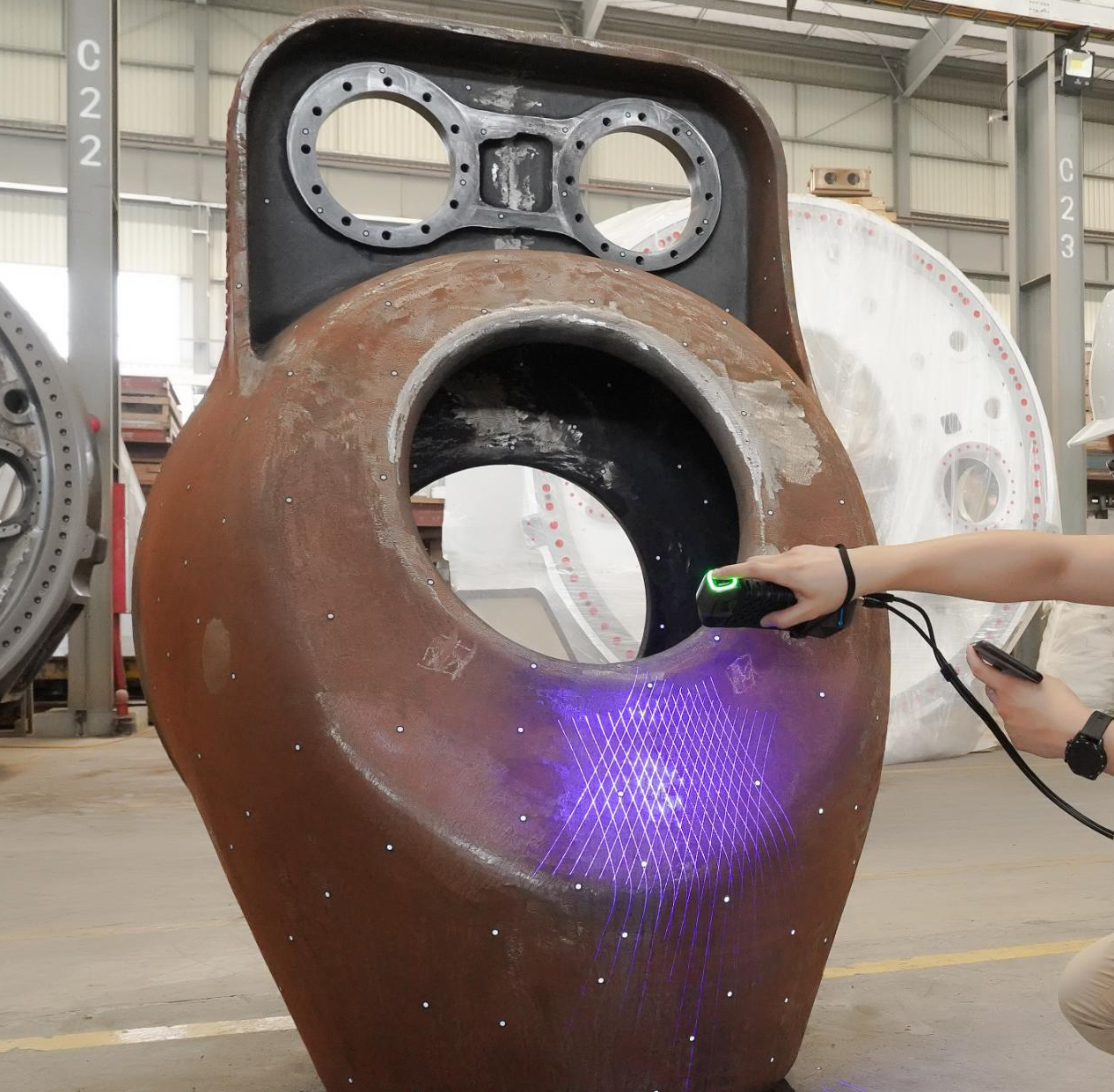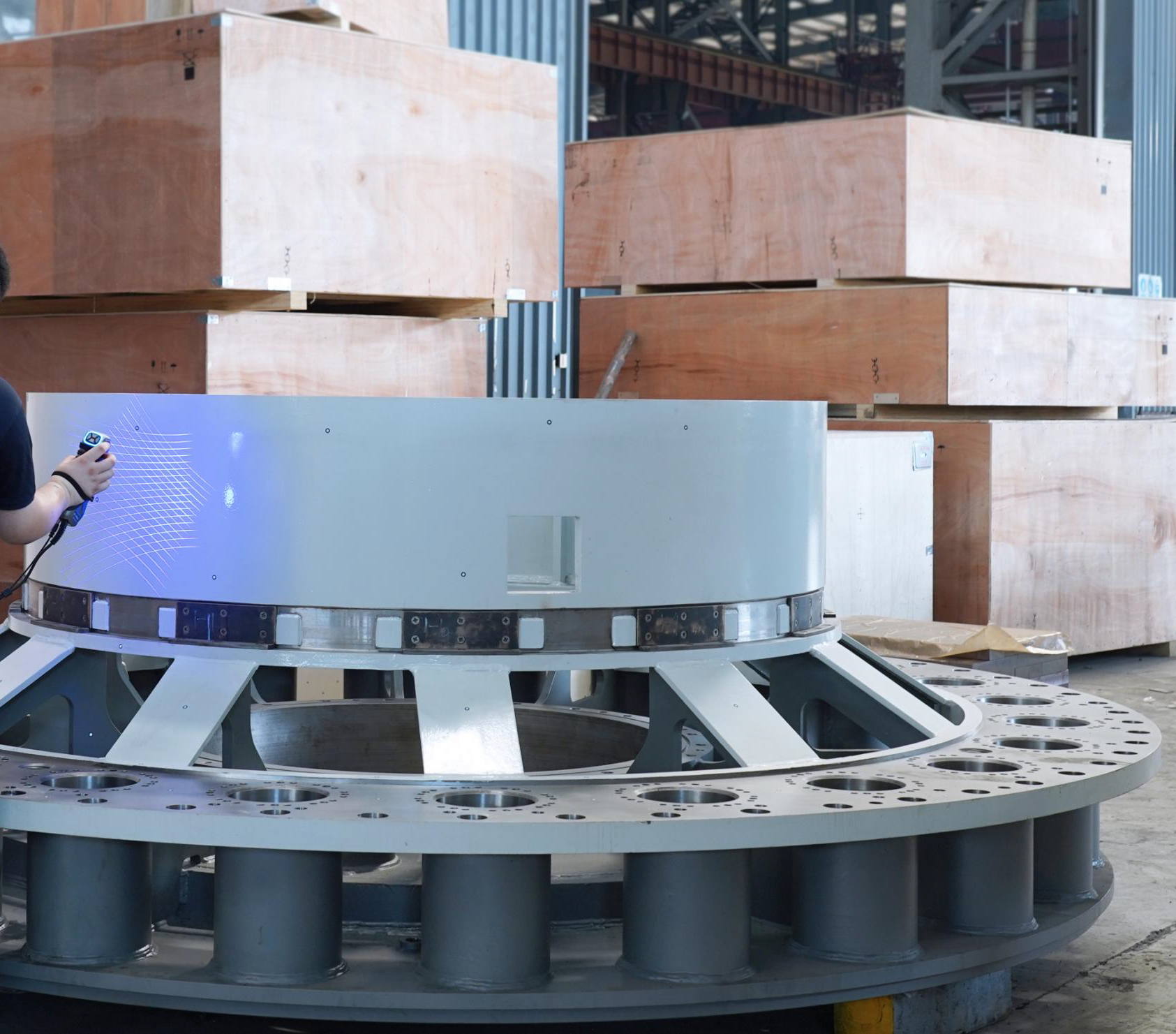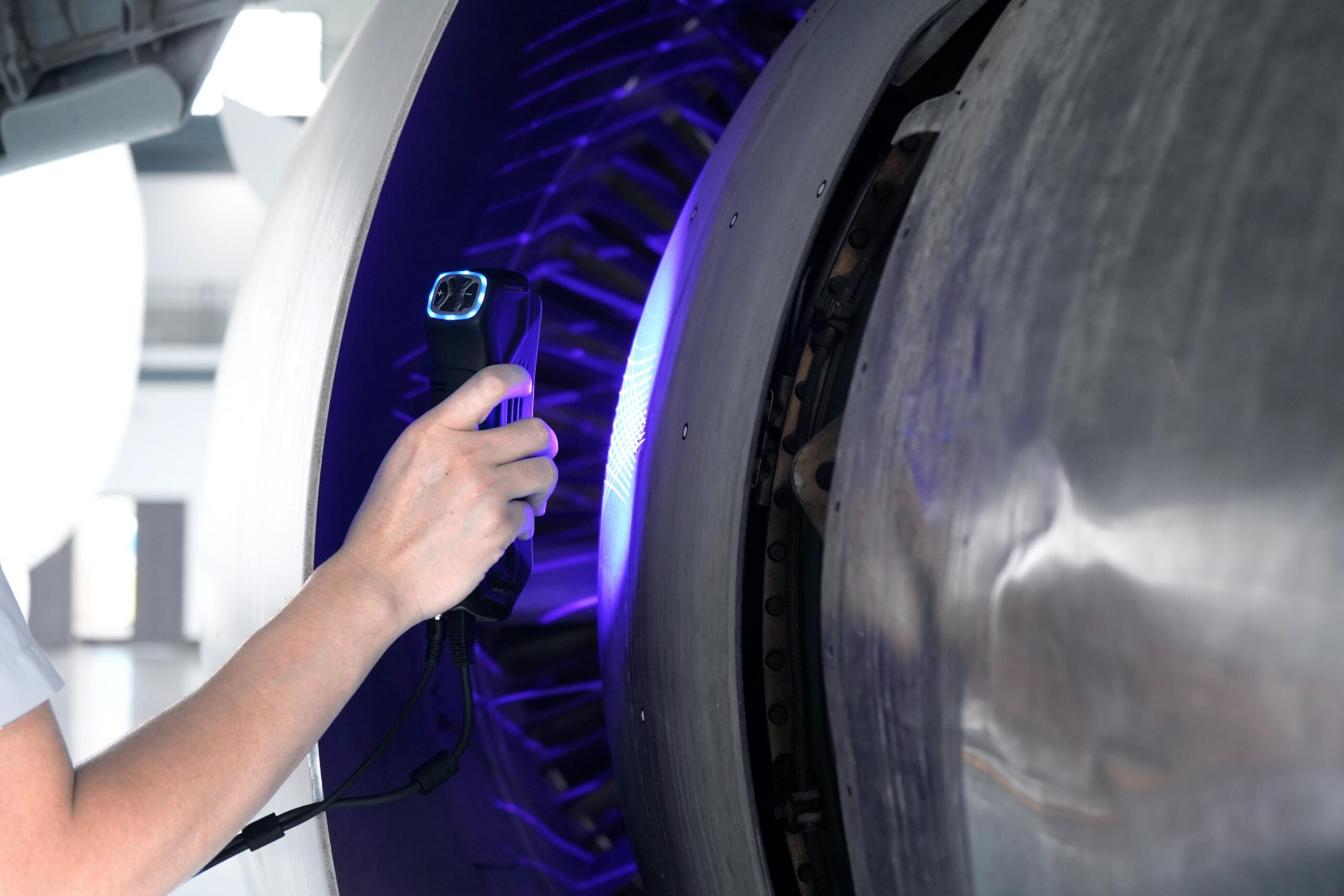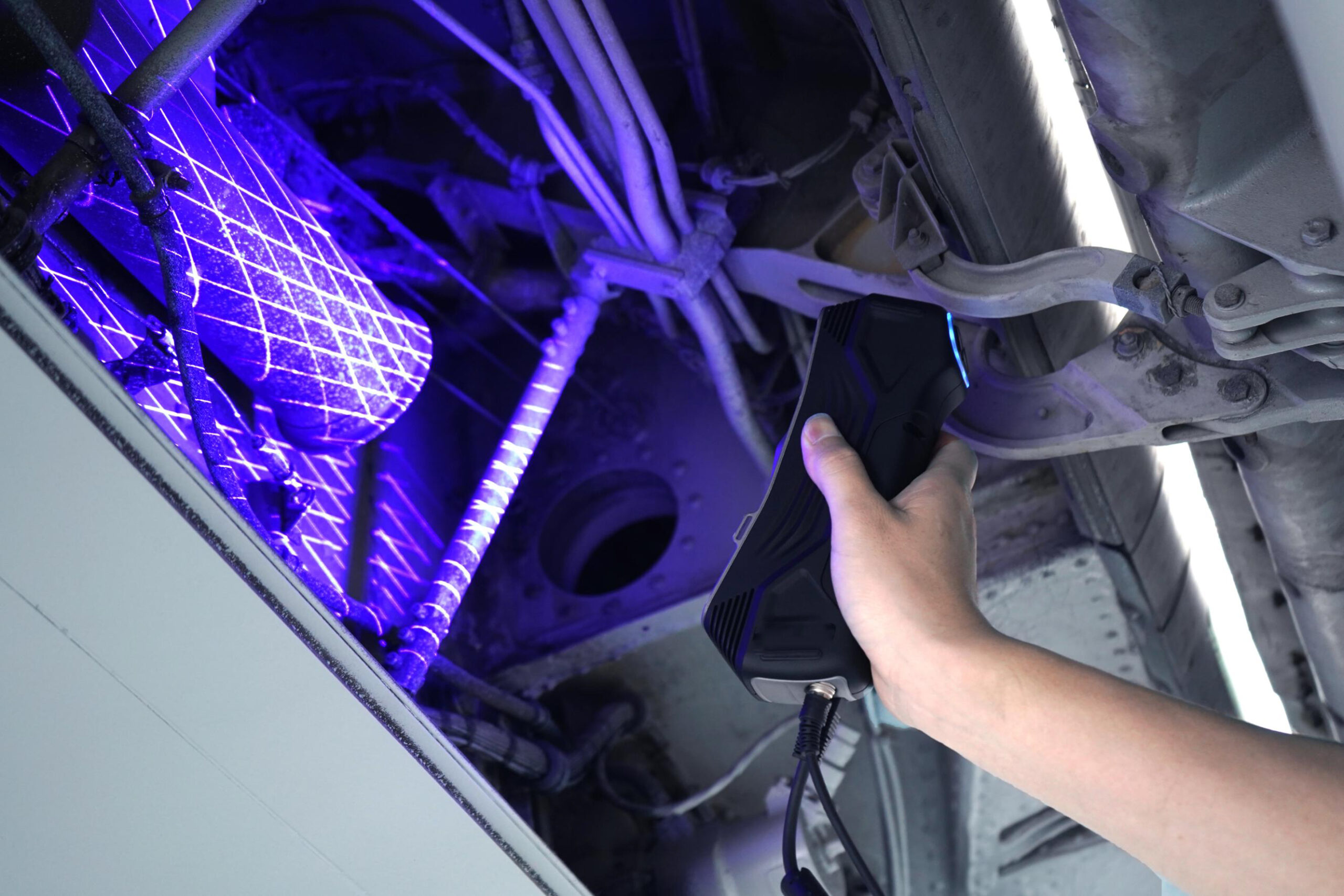Manufacturing has undergone numerous technological advancements in recent years, and 3D scanning has become one of the most significant developments. 3D scanning is a process that involves capturing the shape and size of an object using a 3D scanner. The scanner captures the geometry of the object by using various techniques, such as triangulation, time-of-flight, and structured light. The data collected by the scanner can be used to create a 3D model of the object, which can be further used in various applications.
The demand for 3D scanning in manufacturing has been growing at a rapid pace in recent years. The primary reason for this growth is the numerous benefits that 3D scanning offers to the manufacturing industry. In this blog post, we will discuss the reasons why there is a growing demand for 3D scanning in manufacturing.
1. Improved Product Design
One of the most significant benefits of 3D scanning in manufacturing is the ability to create accurate 3D models of products. These 3D models can be used to improve product design by allowing manufacturers to make changes to the design before production begins. This saves time and money in the long run as it helps prevent design errors and reduces the need for costly prototypes.
2. Efficient Quality Control
3D scanning is a non-destructive and non-contact method of measuring objects, making it an ideal technique for quality control in manufacturing. With 3D scanning, manufacturers can inspect parts and components without causing any damage to them. The 3D scanning process is also faster and more accurate than traditional inspection methods, allowing manufacturers to identify defects and issues more quickly.
3. Cost-Effective Tooling
3D scanning technology can be used to create molds, dies, and other tooling components for manufacturing. This helps reduce tooling costs as it eliminates the need for manual measurements and allows for more precise machining. With 3D scanning, manufacturers can also create tooling components faster, which can significantly reduce production lead times.
4. Reverse Engineering
Reverse engineering is the process of recreating a part or product by analyzing its geometry and design. 3D scanning is a key component of reverse engineering as it allows manufacturers to capture the geometry of an object accurately. This information can be used to create a 3D model of the object, which can then be modified or recreated using various manufacturing techniques.
5. Improved Manufacturing Processes
3D scanning can also be used to improve manufacturing processes. With accurate 3D models of products, manufacturers can simulate production processes and optimize them for efficiency. This allows for better control over the manufacturing process, reducing waste and increasing productivity.
6. Increased Automation
Automation has become an essential component of modern manufacturing. With 3D scanning, manufacturers can automate various processes, including inspection, quality control, and reverse engineering. This helps increase efficiency and reduces the need for manual labor, reducing labor costs and increasing productivity.
7. Enhanced Customer Experience
With 3D scanning, manufacturers can create customized products that meet the specific needs of their customers. This helps enhance the customer experience by providing them with products that are tailored to their requirements. Additionally, 3D scanning can be used to create product demos and prototypes, allowing customers to see and interact with products before they are manufactured.
The demand for 3D scanning in manufacturing is growing rapidly, and it is not hard to see why. The benefits that 3D scanning offers to the manufacturing industry are numerous, including improved product design, efficient quality control, cost-effective tooling, reverse engineering, improved manufacturing processes, increased automation, and enhanced customer experience. As 3D scanning technology continues to improve, it is expected that the demand for it in manufacturing will only continue to increase.







